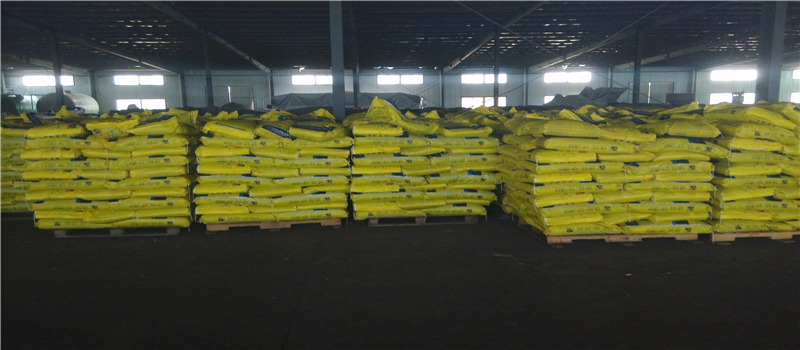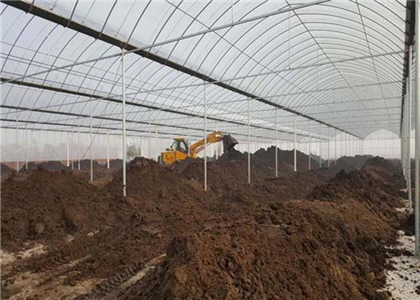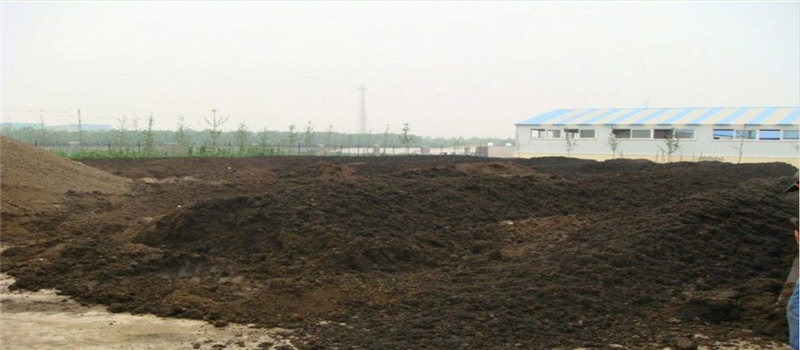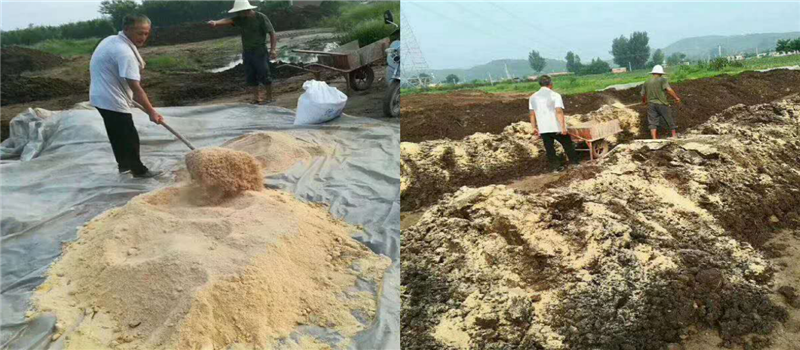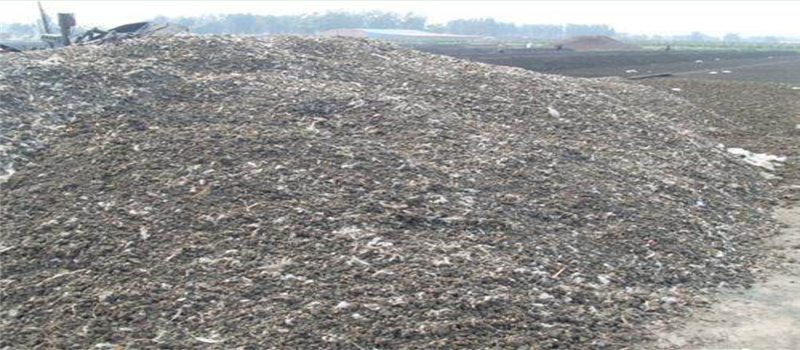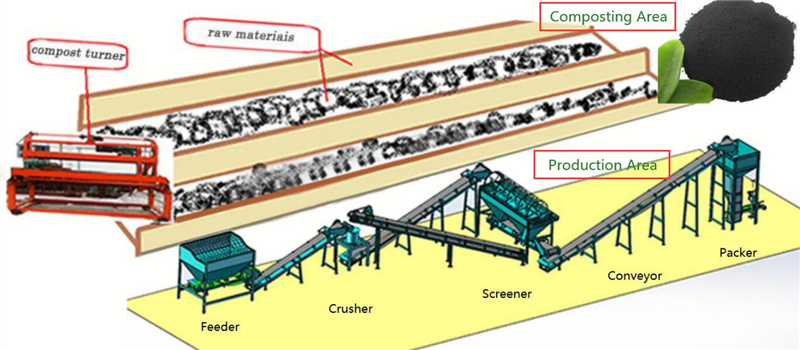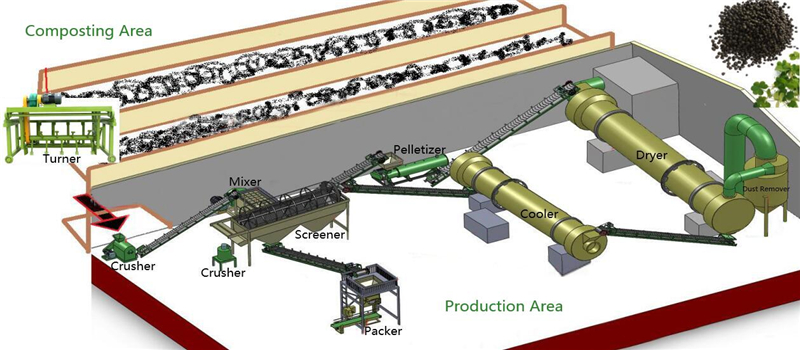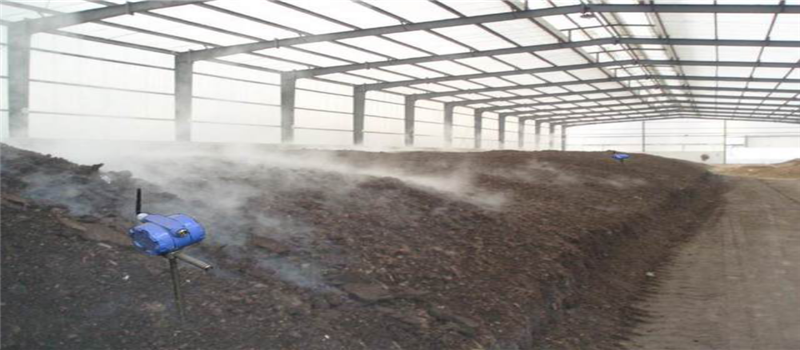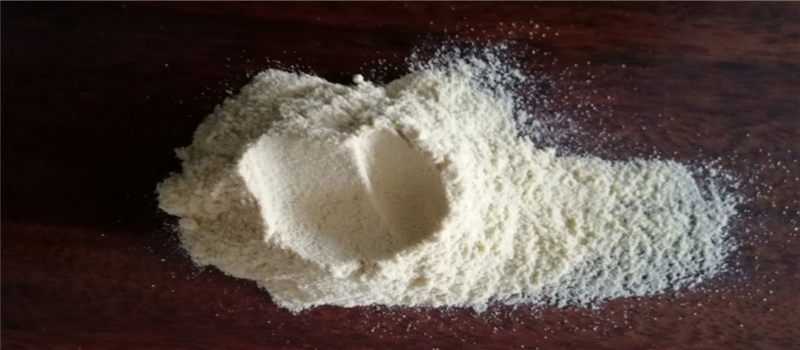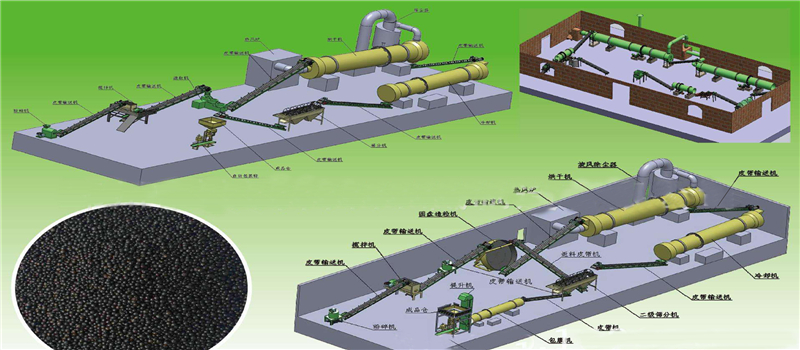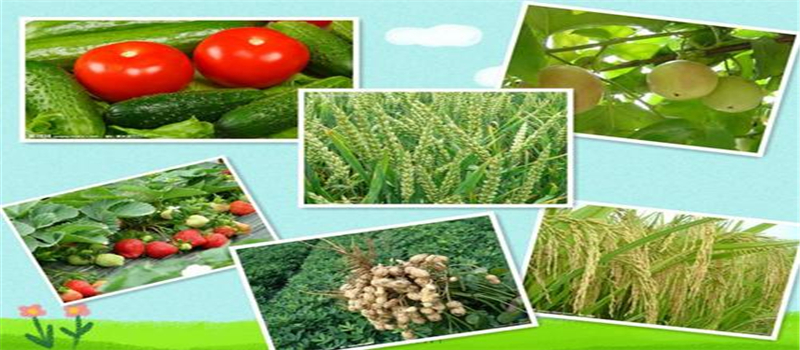I. What is bio-organic fertilizer?
Bio-organic fertilizer technology is based on animal waste, humic acid, municipal solid waste, crop stalks, agricultural by-products, and organic waste generated from food processing as raw materials. It is equipped with multifunctional fermentation inoculant to quickly deodorize, decompose and dehydrate, Add functional microbial inoculant, processed organic fertilizers containing a certain amount of functional microorganisms are collectively called biological organic fertilizers.
It can be seen that bio-organic fertilizer is one of the forms of organic fertilizer. It is a deeper fertilizer product with a stronger effect and a higher price that is differentiated with the help of functional microbial agents.
II. Which can be used as raw materials to make bio-organic fertilizer?
Common seen raw materials for bio-organic fertilizers producing:
1.Livestock manure, such as chicken, duck, goose, pig, cattle, and sheep manure;
2.Straw-based agricultural waste, especially straw for legume crops;
3.Industrial waste, such as filter mud from sugar factories, distillers grains, vinegar, and cassava residue, etc.;
4.Various cakes: bean cake, cottonseed cake, rapeseed cake, etc.;
III. On the process to make bio-organic fertilizer
1. Common treatment methods for bio-organic fertilizer raw materials include Ground-stacked type composting and Channel-feeding type aerobic fermenting. The corresponding process production process is:
Raw material preparation – Adding strains- Mixing – Piling/Grooving – Turning piles – Second mixing – Composting – Inspection.
Please pay attention:
(1) Main materials: bulk organic materials such as livestock manure and organic waste residue; auxiliary materials like various high-carbon chaff, crop straw, etc.;
(2) The main and auxiliary materials after crushing are in the ratio of 3:1 or 5:1, and the biological fermentation strains provided by Shunxin Machinery are diluted and used in an amount of 0.1~0.2‰ of the mixture: mix them all fully and uniformly.
2. If there is a further treatment plan for the decomposed bio-organic materials, you can refer to Shunxin Machinery’s in-depth treatment of the production process of powder/granular organic fertilizer:
Powdery bio-organic fertilizer process: Compost Crushing – Screening – Packaging; or:
Granular bio-organic fertilizer process: Compost Crushing – Screening – Granulation – Drying – Cooling – Screening – Packaging.
Some customers have a large amount of available factory area and want to control investment and use relatively simple processes. While many others have no budget restrictions and hope to ferment bio-organic raw materials thoroughly and improve the quality of the final fertilizer products. We have a professional technical team that can accurately design the equipment and production plan of the project according to your budget and actual fertilizer needs.
IV. Technical factors that can regulate the quality of fermentation
The main factors affecting the composting effect in the production process of bio-organic fertilizer are the temperature, moisture, and C/N ratio of the raw material. During the composting process, artificial control will be very helpful to promote rapid composting and improve its effectiveness.
1. Temperature
(1) Temperature is an important indicator that shows the degree of microbial activity in fermentation. A suitable temperature can ensure that the fermentation process works well. Generally, the room temperature outside the raw material is required to be controlled at about 15℃;
(2) During the fermentation process, the internal temperature of the raw materials will continue to heat up. In addition to supplementing oxygen, this is another reason for the continuous tossing of the raw materials. Generally, the material is turned at 60°C, which can be adjusted according to the season time;
(3) The signs of bio-organic raw material compost maturity are: the temperature of the pile continues to decrease, the material becomes loose, the smell of the material disappears, and the ammonia odor disappears, and white hyphae are generated in the pile. It can be applied directly to the agro plants or to the soil after the composting is completed.
2. Moisture
In the production of bio-organic fertilizer, water is an indispensable and very important factor for microbial activity. Therefore, the moisture should be adjusted before fermentation, and the moisture of the raw material mixture should be controlled at 60~65%. In the fermentation process, the reasonable range of the moisture content of the material is 30% to 70%, which generally decreases continuously with the turning process. If the water content is too high or too low, it will affect the microbial activity. Too little will cause slow fermentation or even no fermentation.
3. Carbon to Nitrogen ratio
C/N ratio is an important nutritional condition for microbial activity. Generally, the appropriate C/N ratio required for microbial reproduction is about 20-30. The average C/N ratio of pig manure is 14, and chicken manure is 8. Simple manure is not balanced enough, and it is not conducive to fermentation. It needs to be blended with materials with a high C/N ratio for adjustment. The appropriate addition amount of blending materials is 14%-15% for straw, 3%-5% for wood chips, 12%-14% for slag, and 5%-10% for peat. Husks, cottonseed husks, and corn stalks are all good bio-organic fertilizer raw material ingredients, and the general dosage is 15%-20%.
V. The key factors affecting the fertilizer efficiency of finished bio-organic fertilizer
1. Microbial strains
Different microbial bacteria and metabolites are important factors that affect the efficiency of bio-organic fertilizers. The microbial strains provided by Shunxin machinery can affect organic fertilizer through direct and indirect effects (such as nitrogen fixation, phosphorus release, potassium release, and rhizosphere growth promotion) Fertilization.
2. Organic matters
The types of organic substances and the C/N ratio in bio-organic fertilizers are also important factors that affect the efficiency of bio-organic fertilizers. If the content of crude fat and crude protein is high, the beneficial microorganisms in the soil will increase, and the pathogenic bacteria will decrease; Due to the increase of soil fungi, high N content will help increase soil bacteria, C/N coordination will increase actinomycetes; high content of sulfur-containing amino acids in organics will significantly inhibit pathogenic bacteria; chitin animal waste residue content High will bring about the increase of beneficial microorganisms such as Trichoderma and Penicillium in the soil; the increase of beneficial bacteria and the reduction of pathogenic bacteria will help to improve the fertilizer efficiency of biological organic fertilizer.
3. Nutrients
Different bio-organic fertilizers have different nutrient contents and effectiveness. For example, bio-organic fertilizers with high animal waste residues, poultry manure, and cake meal are more effective than bio-organic fertilizers with animal manure and straw.
VI. Shunxin suggestions need your attention for better fertilizer production
1. Storage of Shunxin bio-fermentation fungus: the temperature is about 4-20 degrees, sealed and protected from direct sunlight; a small amount of white floating matter (bacterial membrane) or yellow-white precipitation at the bottom are normal phenomena, and it can be used as normal after shaking;
2. It is recommended to use well water, clean canal water or river water during the composting process;
3. Microbial fertilizers are generally NOT mixed with antibiotics and chemical fungicides at the same time;
4. Adding 2~3kg Urea or 10~15kg superphosphate in per ton of the organic material mixture will help the composting effect better.
VII. Strong market and attractive prices to make bio-organic fertilizers
Massive data feedback from the researches and fertilizer market proves that bio-organic fertilizer is rich in organic matter and various nutrients, which can provide direct nutrients for plants, and can also activate potential nutrients in the soil, enhance the microbial activity, and thus promote the conversion of nutrients. Therefore, bio-organic fertilizer is becoming more and more popular in the market, and its selling price is 2~5 times or even much higher than other fertilizer types, which attracts a large number of fertilizer manufacturers and investors to enter this field.
If you have any plans for the production of bio-organic fertilizers, please tell us, let us provide you with quotations and technical parameters of related equipment to help you achieve bio-organic fertilizer fortune.
